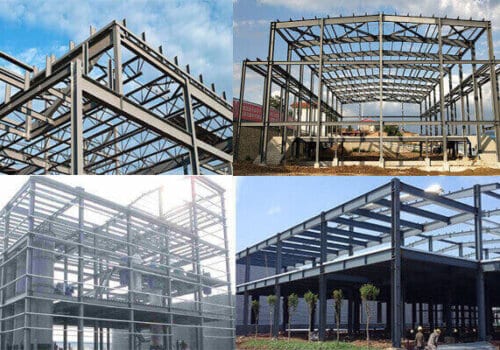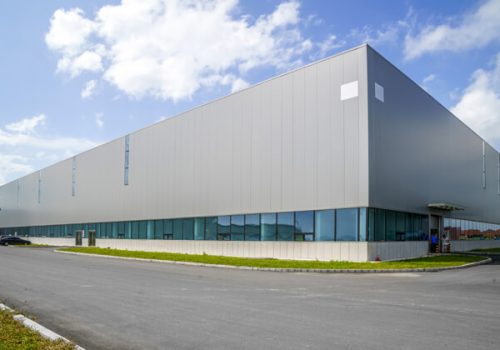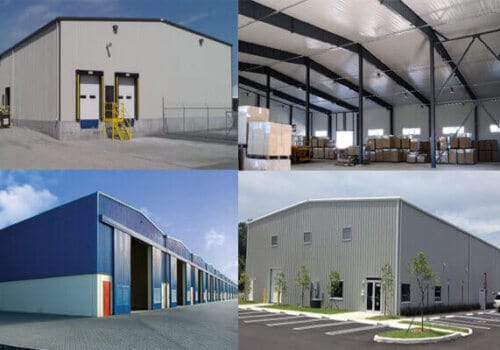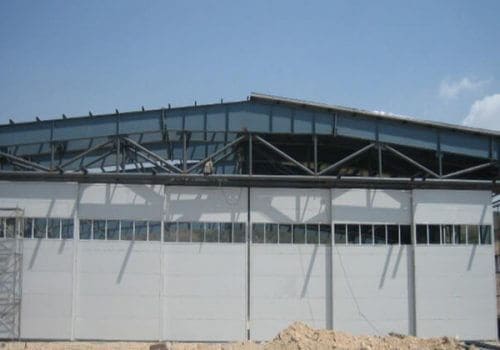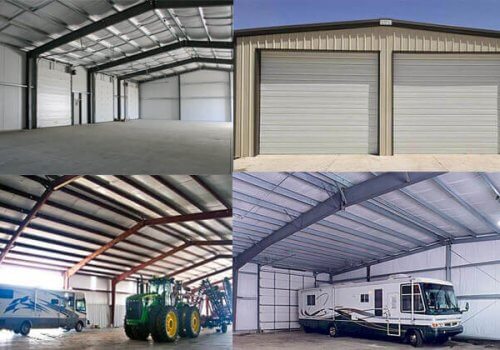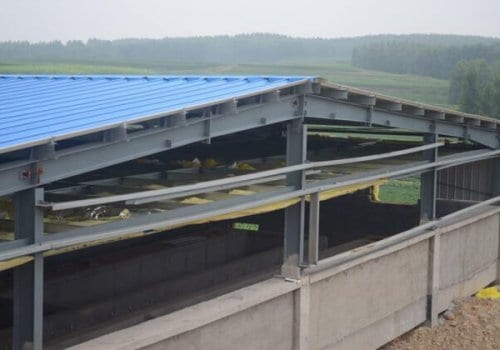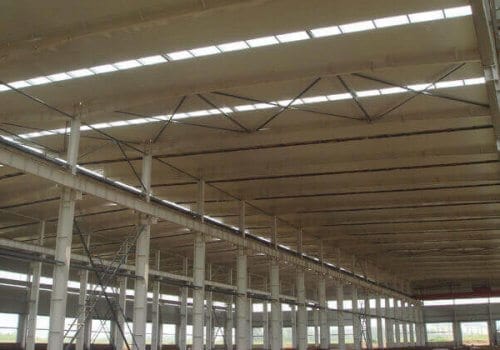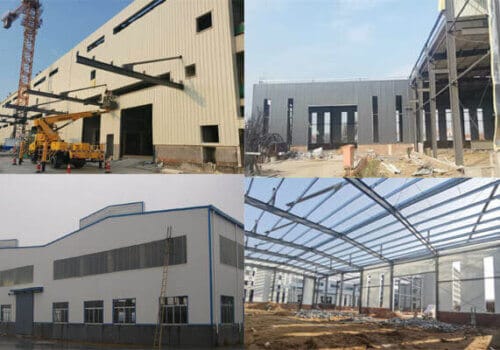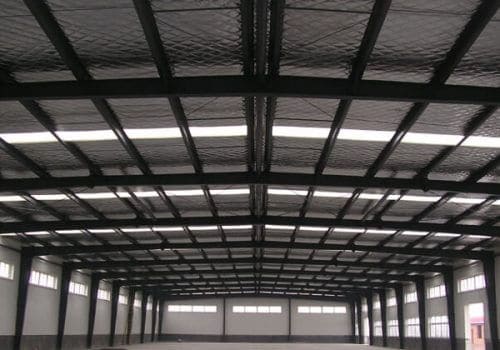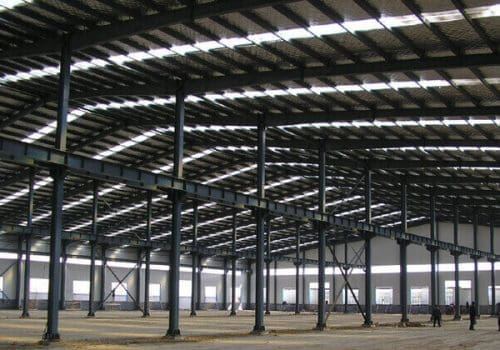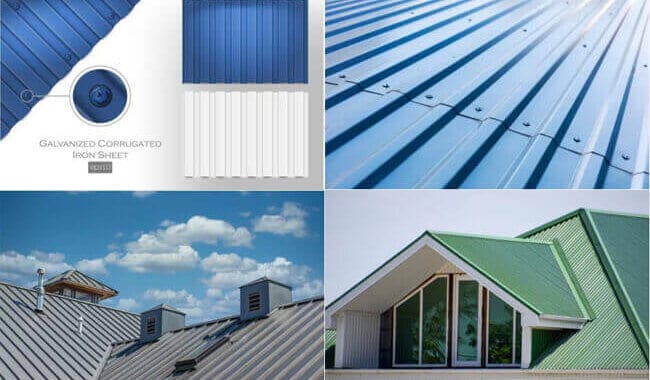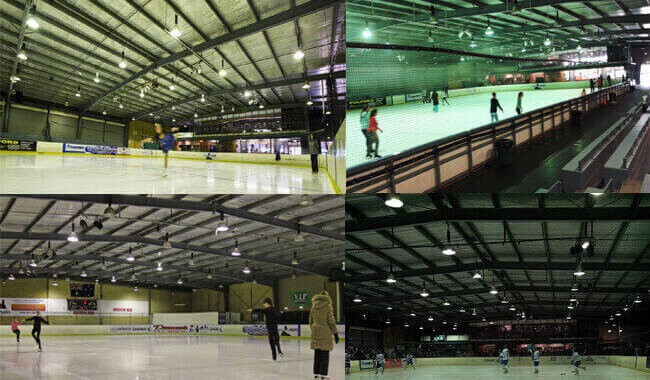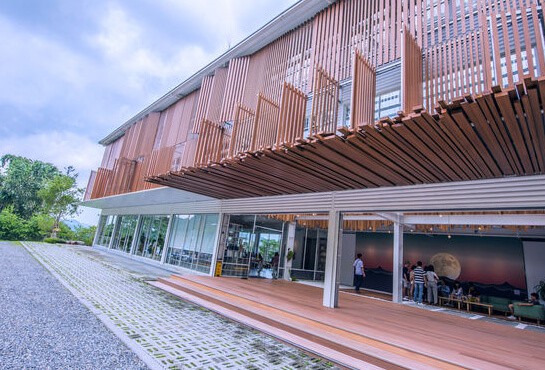The service life of steel structure buildings is more than 50 years. The roof and wall panels of prefabricated steel…
Prefab steel building is divided into architectural steel structures and bridge steel structures. Compared with the reinforced concrete structures commonly used in the construction field, they have the advantages of high strength, low engineering cost, lightweight, short construction period, and factory production.
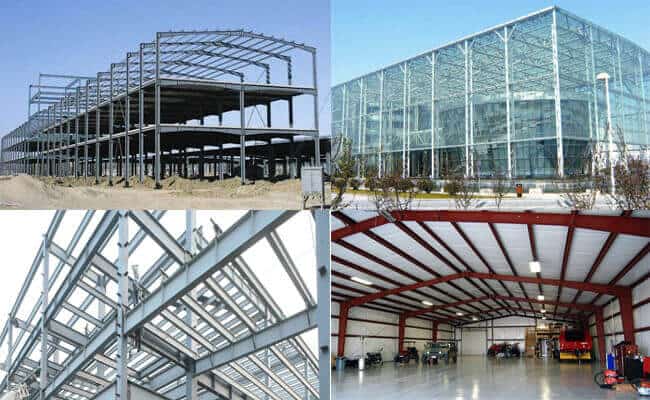
Application of Prefab Steel Building
High-rise Heavy Steel Structure Building
Multi-story heavy-duty steel structures usually adopt steel frame structure, steel frame-concrete core tube structure, and generally refer to industrial and civil buildings with 6 stories or more. High-rise steel structure building is often regarded as a city landmark.
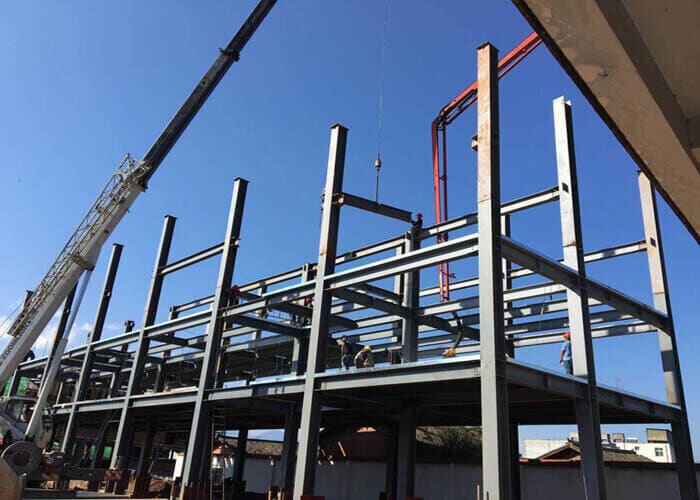
Large Span and Spatial Steel Structure Building
In recent years, the large span structure represented by grids and reticulated shells has continued to develop in large numbers, not only for civil buildings but also for industrial plants, hangars, terminals, stadiums, exhibition centers, grand theaters, museums, etc.
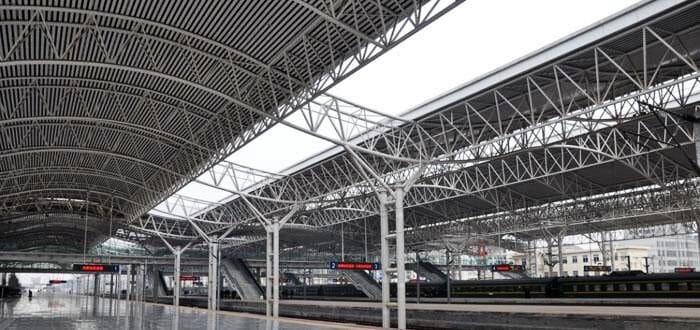
Light Steel Structure Building
Compared with heavy steel structure, light steel structure includes portal frame, arch corrugated steel roof structure, etc. It is mainly used for light industrial workshops, cotton and grain warehouses, wharves, and bonded warehouses, stadiums, exhibition halls, mobile homes, etc. The steel structure consumption is generally about 30-40kg/㎡.
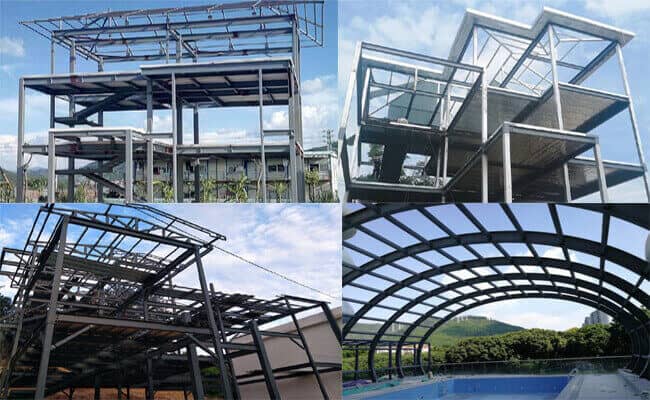
Steel-concrete Composite Structure
The steel-concrete composite structure is a reasonable combination that makes full use of the advantages of steel and concrete.
It not only has excellent static and dynamic performance, but also saves a lot of steel, reduces project costs and speeds up construction progress, and has less environmental pollution. It conforms to the development direction of building structure and develops very rapidly.
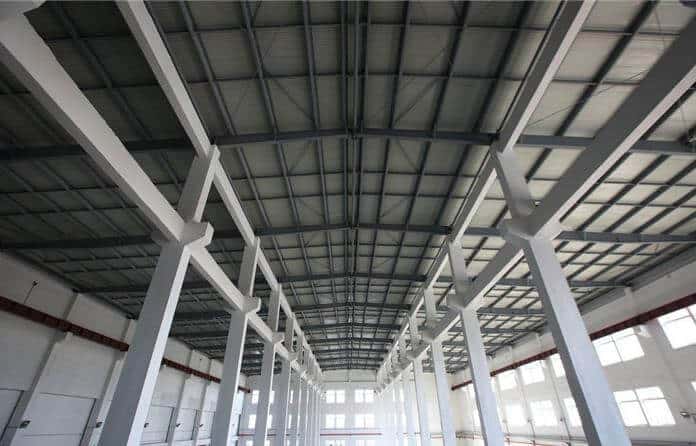
It has been widely used in the construction of metallurgy, shipbuilding, electric power, transportation, and other sectors, and has entered bridge engineering and high-rise and super high-rise buildings with rapid momentum.
Steel Structure Residential Building
The weight of a house built with steel structure is about 1/2 of that of a reinforced concrete house, which can meet the needs of large bays, and its use area is about 4% higher than that of a reinforced concrete house. Steel can be recycled, and there is less pollution to the environment during construction and dismantling.
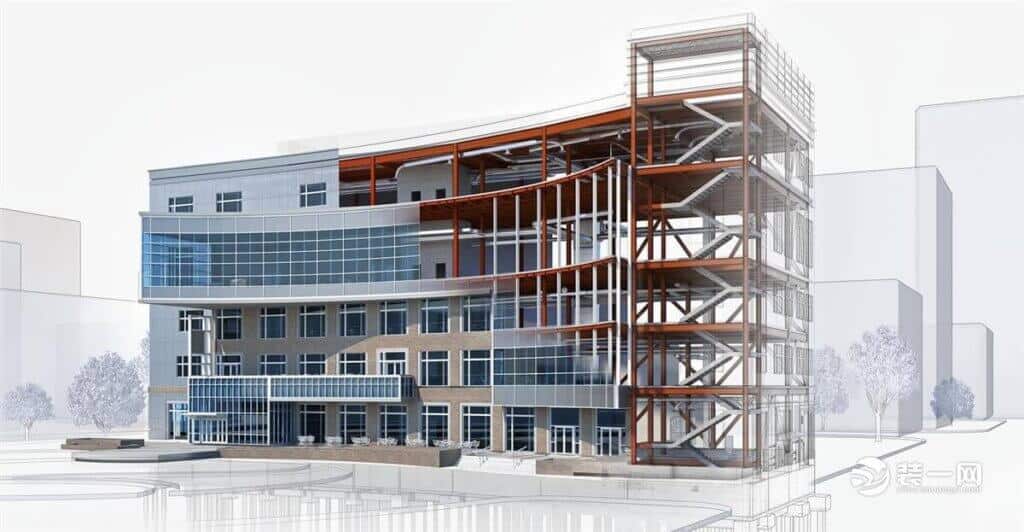
Steel Structure Bridge
The primary load-bearing structure of the steel structure bridge uses steel. The construction of bridges and other transportation infrastructure should be an important foundation for economic development. Cable-stayed bridges use more steel structures, mainly in steel boxes, cables, and pylons.
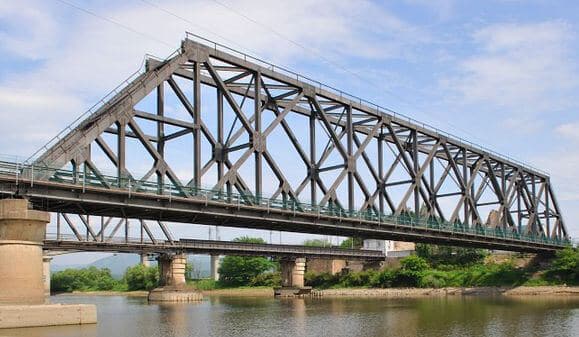
Advantages of Prefab Steel Structure
The steel structure has better plasticity and toughness
The steel structure has good plasticity and toughness. It specifically refers to the fact that the steel structure will redistribute the force under severe load and overload to make the stress change smoothly and prevent the occurrence of steel structure fracture.
The feature also makes prefab steel building has an excellent seismic performance. In the process of the earthquake. The prefab steel building absorbs the force damage caused by the earthquake to a certain extent through its own plastic deformation and elastic deformation and achieves a certain degree of seismic resistance. After comparing it with a variety of building materials, the steel structure has obvious advantages in seismic resistance and the best protection effect.
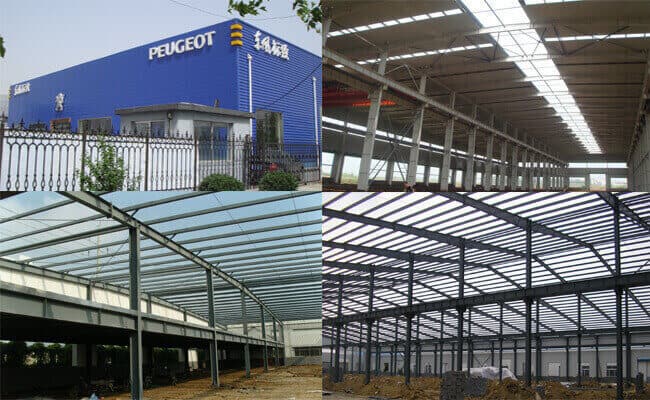
The texture of the steel is relatively uniform
Steel is very consistent with the assumptions made in mechanical calculations because of its properties. The fluctuation range of steel material itself is relatively small. Among construction materials, it is ideal elastic material and is within a certain range of force. It is a material with complete elasticity, and the calculation results of engineering mechanics are more consistent with the actual stress state, so it has advantages.
Short Construction Period
Compared with other construction projects, the steel structure design is less affected by the environment and climate. It is mainly processed inside the factory and then sent to the construction site for direct assembly. This also determines that its construction requires a shorter construction period than other buildings, and has the lowest impact on the surrounding environment of the construction site, which meets the requirements of civilized construction.
In the process of fabrication and assembling, most of them are completed by mechanical processing, which fundamentally determines the faster construction speed. At the same time, there are fewer requirements for the construction site and construction personnel, which has obvious advantages for construction projects with relatively tight schedules. A large number of automated production of steel structure buildings has effectively reduced labor costs and improved the economic benefits of enterprises.
Steel structure complies with environmental protection and sustainable development policies
The steel structure has a strong advantage in modern buildings, the main reason is that it meets the strategic requirements of sustainable development. The steel structure itself is a recyclable material, and the waste materials that appear during the construction process can be recycled and reused, reducing the occurrence of resource waste.
Materials such as cement, sand, and gravel used in the construction of steel structures are very limited, which fundamentally improves the on-site environment. It also helps protect the surrounding environment and reduces the damage to the surrounding environment due to construction. At the same time, the emission of toxic gases from steel structures is much smaller than that of other building materials, which protects human health and is more environmentally friendly.
Main points of design of prefab steel building
Fire protection design
Although the steel structure has a higher melting point, under high-temperature conditions, the steel structure will inevitably undergo some physical and chemical changes. Therefore, the negative impact of fire on steel structure buildings is far greater than expected.
When the temperature reaches 400°C, the strength and bearing pressure of the steel structure will be reduced to one-half of the usual. Once the temperature reaches 600°C, the internal structure of the steel structure is basically completely destroyed, losing all strength and rigidity.
Therefore, when designing steel structures, fire conditions must be considered and fire protection of steel structures must be carried out. Fire protection of steel structures can effectively improve the fire resistance of steel structures, extend the duration of steel structures in fire, reduce the damage to steel structures by fire, and also avoid secondary hazards caused by fire.
Anti-corrosion protection design
The corrosion resistance of steel structures has always been the subject of research in the construction industry. As the building’s use time increases, the steel structure will inevitably be exposed to the outdoors, and aging and rust will inevitably occur through the erosion of natural forces such as wind and rain. Not only the aesthetics of the building will be affected, but its safety will also be greatly reduced.
In order to solve this kind of problems, various steel structure anticorrosive materials came into being. Applying anti-rust, anti-corrosion, and anti-corrosion coatings on the surface of steel structures are one of the most common methods in the current steel structure design.
The prefab steel building caters to the development needs of modern architecture. The steel structure building has the characteristics of high strength and low quality, and it can construct some structural buildings with a large span and heavy load. This is not available in concrete structures and brick-concrete structures. Therefore, it can effectively reduce the construction cost and shorten the construction period during its use.
